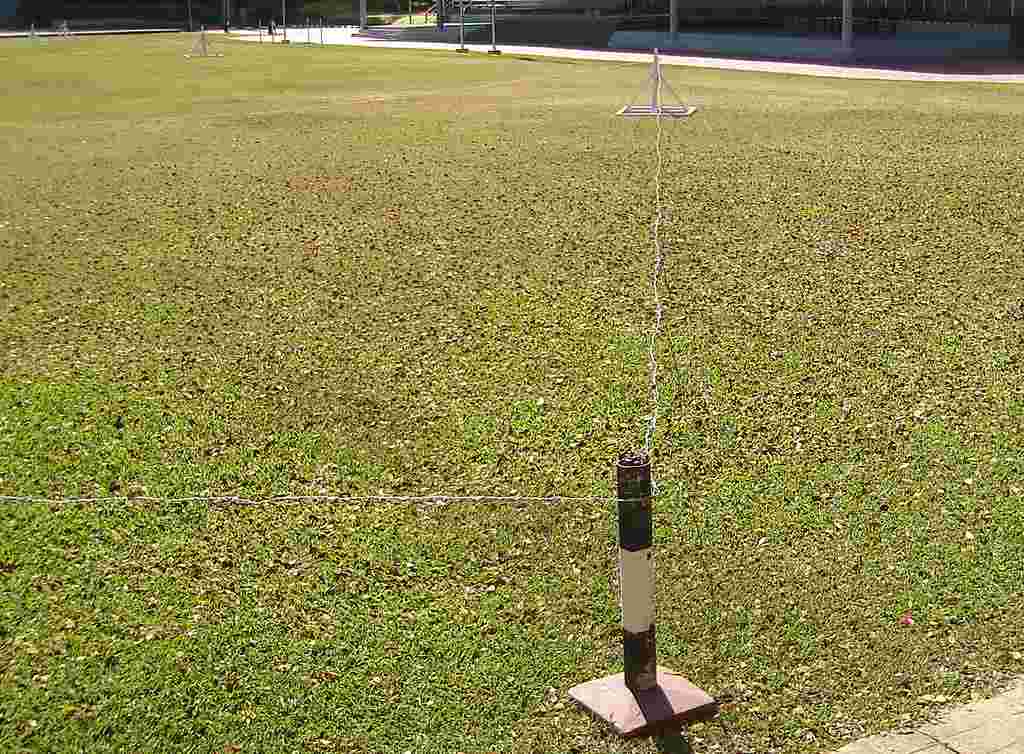Ranau appears poorer than Batak Region in 1985
Batak is known as amongst the poorest in Indonesia and yet when I went there in 1985, it was not so bad. Their houses are well built compared to the houses in Mersilau, Ranau, also a mountainous region, similar to Batak. Masidi's village is just next to the Ranau town so it appears well off, but the incidence of poverty need not be widespread. It only needs to be about 20% before we can be among the poorest in the world. 20% means 1 in 5 of us are poor, and poor means that you earn an income of less than RM1000 per month in Sabah. This standard of poverty is set by the UN and the statistics are compared with all regions in the world. It appears that not many places have such high incidence of poverty as Sabah.
http://www.freemalaysiatoday.com/category/nation/2012/07/05/poverty-in-ranau-whos-lying/
Poverty in Ranau: Who’s lying?
An Upko MP's concern about the high incidences
of abject poverty in Sabah's Ranau district is in contrast to an Umno
assemblyman's public denial.
Ranau MP Siringan Gubat, a member of BN component, Upko, recently told Parliament that the incidence of poverty in Ranau was ‘worrying’.
But much earlier in April, Keranaan assemblyman, Masidi Manjun of Umno denied this, saying Ranau cannot be the poorest district as development was taking place there.
In the same statement Masidi accused the opposition of giving a negative picture of Ranau and the development taking place there. He was responding to the opposition State Reform Party’s (STAR) claims that the district could well be the poorest area in Sabah.
Yesterday STAR Ranau chief, Jalibin Paidi, in another salvo at ruling BN, said he was vindicated by Siringan’s recent admission that that he (Siringan) was ‘worried’ by the high incidence of poverty in Ranau.
“When I made the statement in April this year that Ranau could well be the poorest district in Sabah, Masidi, who is also Sabah Minister of Tourism, Culture and Environment, denied it bluntly, saying there was no truth to it.
“But the very recent remarks by Siringan in Parliament as carried by local newspapers days ago vindicated me on my contention,” said the former teacher who seems poised to take on either Masidi or Siringan in the coming general election.
“It must be God’s way of telling the ruling party that Ranau indeed is in poverty and in need of help. And that is a fact actually, when you go to the ground around Ranau town and in remoter kampungs, a fact some ruling leaders like Masidi prefer to deny and therefore do nothing, because in their view, there is no poverty (to tackle).
“When Siringan told Paliament that the high incidence of poverty in Ranau was worrying, I guess Masidi was gritting his teeth as Siringan confirmed our earlier contention that Ranau could be the poorest district.
“I wonder what Masidi would say now that his own colleague had realised in his own findings about poverty in Ranau,” said Jalibin, adding that Masidi must be reminded that Ranau has three vast state constituencies, Keranaan, Paginatan and Kundasang.
“If Siringan’s remark is of any credence, as he is the MP for Ranau overseeing all three constituencies, then Masidi is too detached from Kundasang and Paginatan if not his own Keranaan to know the truth,” he argued.
‘No impact’ development
In April, Jalibin had contended that Ranau which is surrounded by the rural-most parts of several poverty stricken districts such as Kota Marudu, Beluran, Tongod, Tambunan, Keningau, Kota Belud and Tuaran districts, could be the poorest in Sabah.
“STAR is concerned because many areas in Ranau still do not enjoy basic amenities such as sealed roads, electricity and water.
“It is also a very hilly district and it is common to see natives living in poverty in old dilapidated wooden houses here and there,” he said.
Jalibin also pointed out that signs of poverty could be seen from the low purchasing power of the people in Ranau.
He said though it has three state constituencies, only the two towns of Ranau and Kundasang were thriving partly because they are right on the east-west road connecting Kota Kinabalu to Sandakan and Tawau.
Jalibin also criticised the multi-million ringgit tourism and property development in Ranau for having little impact on the lives of ordinary kampung folks.
“There are no programmes for the meaningful participation of local entrepreneurs. It’s the same in the agriculture sector too,” he said.
‘No socio-economic data on Ranau’
The former teacher also pointed out the scarcity of reliable statistics or data on the socio-economic status of those living in and around Ranau.
“Now that Siringan admits rampant poverty, please enlighten us on our situation and how the government is tackling our problems.
“If the BN is still in denial then that speaks volumes why its leaders do not do something meaningful to alleviate the poverty problem in Ranau and elsewhere,” Jalibin added.
Ranau, a highland area in Sabah with an average elevation of about 1,176 metre above sea level has a population of 94,092 according to the 2010 census.
It’s main tourist destination is Mount Kinabalu and the Kinabalu Park but is also famed for the hot springs in Poring, the WWII memorial at Kundasang and the WWII Death March Trail.
It is also home to the country’s first World Heritage Site. Kinabalu Park was accorded the title by Unesco in December 2000.
On a more sombre side, the district also once hosted the largest mining project in Malaysia, the Mamut Copper Mine, before it ceased operations in 1999. The site is now an environmental nightmare.













No comments:
Post a Comment